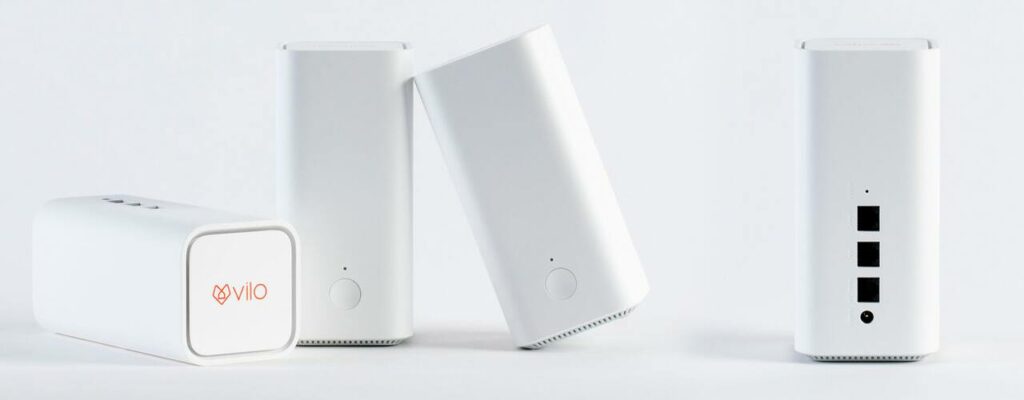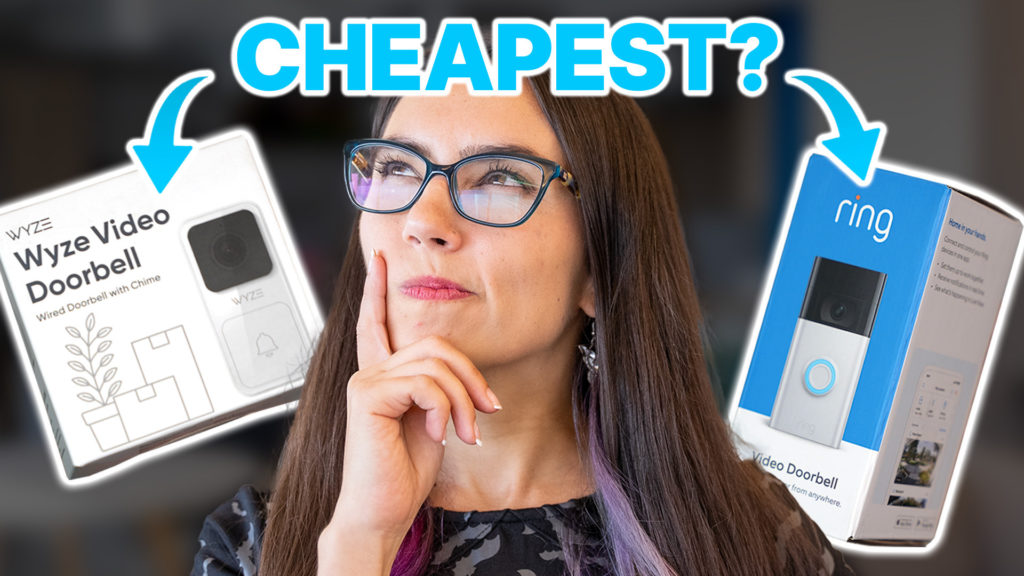Advertiser Disclosure: At Slickdeals, we work hard to find the best deals. Some products in our articles are from partners who may provide us with compensation, but this doesn’t change our opinions. Our editors strive to ensure that the information in this article is accurate as of the date published, but please keep in mind that offers can change. We encourage you to verify all terms and conditions of any product before you apply.
Reading Time: 3 minutesWireless routers are an expensive business. If you want to avoid paying your cable company a monthly rental fee, you’ll likely need to spend $100+ to get a good router. Multi-device mesh systems get even more pricy, which our recommended model retailing for over $300.
Enter Vilo’s three-device, mesh Wi-Fi system, which is hoping to make widespread wireless coverage more affordable for the average household. Vilo’s product claims to offer coverage for homes up to 4,500 square feet in size, all for $59. A standalone router from Vilo costs $19.
Vilo’s system comes in at a much lower cost when compared to a similar package from established mesh Wi-Fi brand Eero, priced at a hefty $199. Meanwhile, a single Eero device will cost you a whopping $79.
Why is Vilo’s Mesh System So Cheap?
Vilo is pretty impressive for its price. The company claims its mesh system can support up to 120 connected devices and can provide coverage for a 4,500 square foot home. However, at the end of the day you get what you pay for and Wi-Fi is no different. Vilo is a Wi-Fi 5 system, so you’ll be missing out on the high speeds of a next-gen, Wi-Fi 6 network. While this might not bother you today (if you’re using a device that’s more than a couple years old, it likely can’t even access Wi-Fi 6 speeds), this detail may force you to upgrade sooner than you otherwise would have a few years down the line.
Vilo is also a dual-band instead of tri-band router, meaning you’ll only have two choices for frequencies to join, with one being noticeably faster than the other. Again, this might not bother you if you’re only connecting a handful of devices. But if you’re living with a handful of tech-savvy people, you may want to search out a tri-band system, as you’ll be able to more easily distribute your devices across its three frequencies.
Still, considering its low price, super easy setup and attractive design, Vilo is definitely worth your consideration if you’re looking for an entry point into mesh Wi-Fi that won’t break the bank. Even if you only get a couple years worth of use out of it, you’re still paying less than a quarter of the leading competitors’ prices.

Credit: Vilo
What Is Mesh Wi-Fi?
Normally, at-home Wi-Fi uses just one modem and/or router to provide coverage for all the phones, computers and tablets on a network. However, this only works well if all your devices are relatively close to your router; for larger spaces, a mesh Wi-Fi system uses two or more connected devices to create a network with a larger area of internet coverage.
By using several devices spread throughout the home, mesh systems help prevent Wi-Fi dead zones and other connectivity issues.
Mesh networks are particularly useful in larger homes with multiple stories and complicated or unusual layouts. Mesh Wi-Fi can also help circumvent coverage problems created by interior brick and stone walls.
How Vilo Works
Setting up your Vilo mesh Wi-Fi network is fairly simple. You’ll need a modem, a Vilo unit to act as your router, an ethernet cable and the power supply for your Vilo. You’ll also need to download the Vilo app to your smartphone (Android/iOS).
First, plug your Vilo unit into its power supply, then connect it via ethernet cable to your modem. Next, using the Vilo app, connect to your Vilo network by either scanning a QR code found on the bottom of your Vilo unit, or by manually selecting the Vilo network name in your phone’s Wi-Fi list. Android users are currently unable to use the QR feature, so you’ll have to use the manual option if you don’t have an iPhone.
Once you’ve connected your account to your Vilo router through the app, your mesh network is ready to go. You can add additional Vilo devices from the same pack by simply plugging them in at your desired location, and they’ll sync to your network automatically. You can also change your network name and password through the app.
More to consider:
















